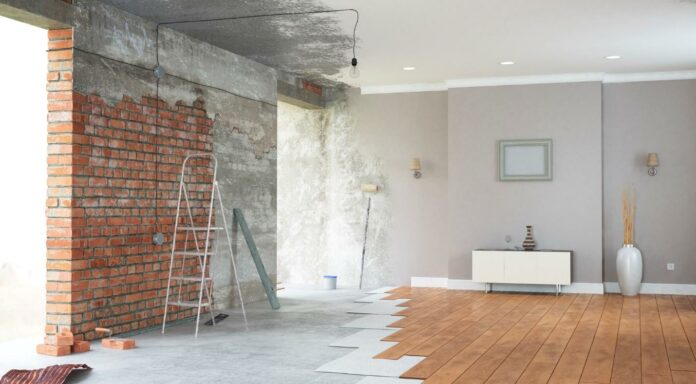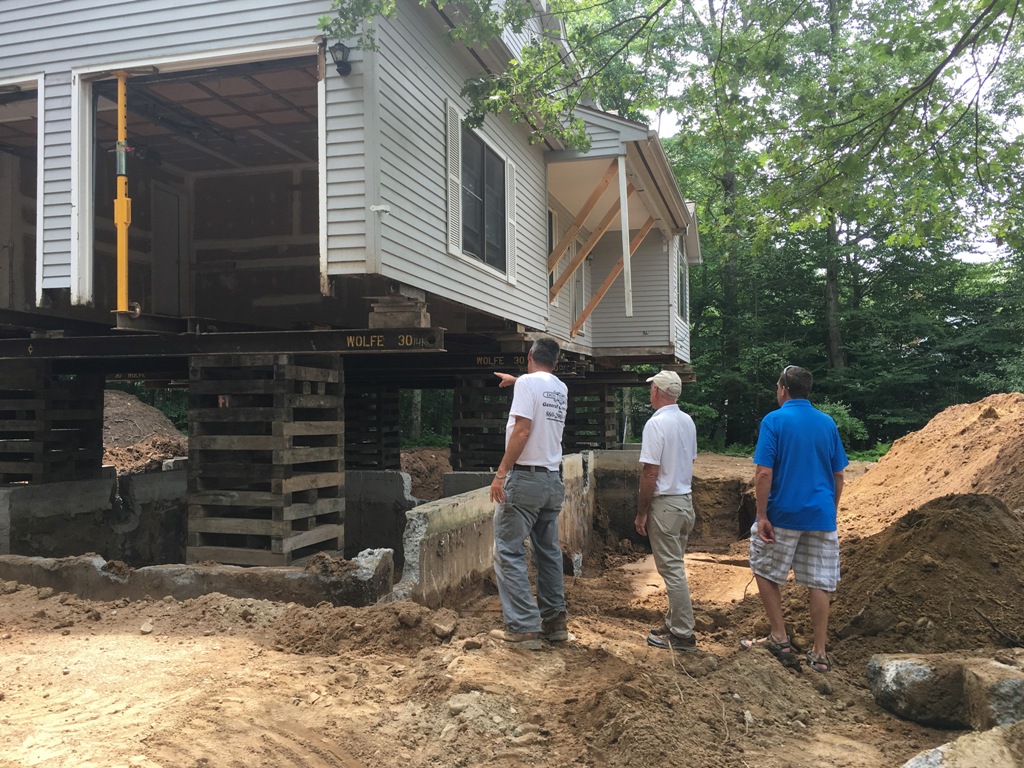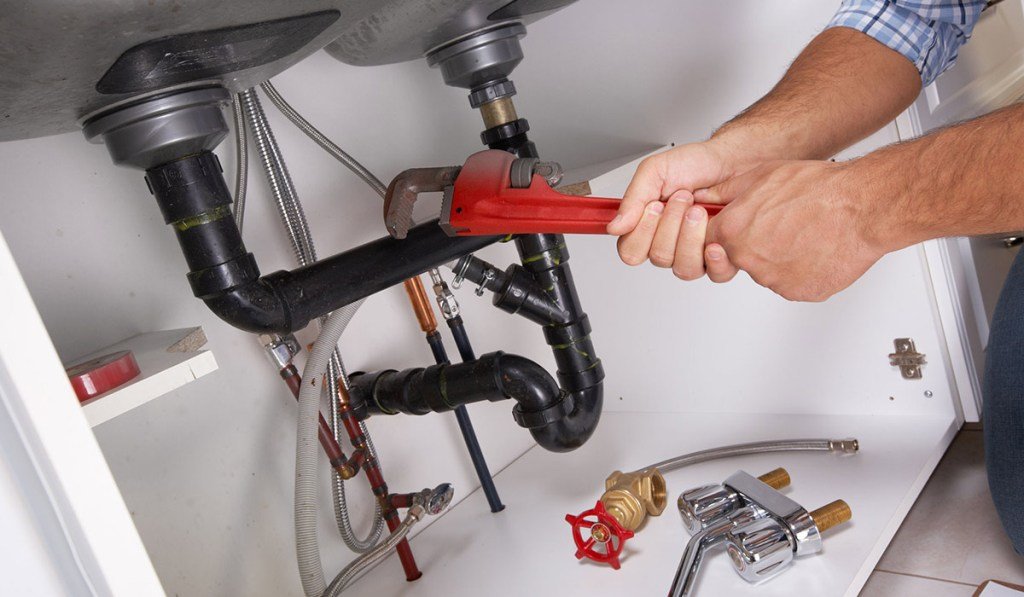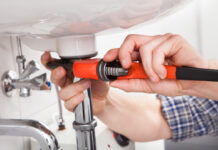Restoring an old house can be a daunting task, but the last thing you want is to blunder in without a clear plan in mind. It can be tempting to replace the flooring and wallpaper, then decide where to go from there, but that can often lead to more problems than solutions. What you need is to identify the specific obstacles in your path, rank them by priority, then figure out a clear solution for tackling them. To help you out with that, here are six key tips to keep in mind.
Start with the foundations
As with most things, you want to start with the fundamentals. If you don’t have those down, all your work can come crashing down in a disappointing heap. When it comes to restoring houses, that means you want to make sure that the foundations are strong enough for the house to be actually livable.
The house may be standing in one piece now, but will those supports hold if you add more furniture? WIll they be able to withstand all the unevenly distributed weight that comes with a team working on a house and moving around with hefty equipment?
In most cases, it’s a good idea to get a professional to check on the structural integrity of the house. If it’s old or the surrounding environmental conditions are poor, then wood might have worn through and you might not find out until a portion of the house completely collapses.
Update HVAC
Getting the house’s heating, ventilation, and air conditioning updated is going to be one of your top priorities if you live in an area that has anything but the mildest of weather. If winter is coming up and you expect snow, you need to get not only the heater up and running, but also the ventilation system to make sure that the air can get where it needs to go.
However, many people fall into the trap of ignoring HVAC updates because they think the weather will be mild and this is a mistake. Old, musty ventilation around the house isn’t just inefficient at heating and cooling the house, it can also pose a significant health risk. If there’s anything dead up there or any mold, it can quickly affect everyone that stays in the house for a few nights.
Get the plumbing in shape
Getting the plumbing back in working order is just as important as dealing with HVAC. One of the main reasons for this is that old pipes pose one of the greatest threats to a building. Many have likely worn through, in which case running water through them could lead to a massive leak. Such leaks can pour out gallons of water every minute, thoroughly flooding and causing severe water damage. If this happens in a basement, you might not even realize until the entire thing is submerged.
Therefore, it’s a smart idea to replace as much of the piping as you can, ideally with modern PVC or steel pipes. This may sound difficult, but it’s fairly simple if you’re already working on the walls, HVAC, or insulation. Removing sections of wall and hiring a professional may seem like a large expense, but it can save you a lot more money in the long run.
Don’t change everything
One of the big hurdles that confronts prospective home restorers is whether they want to maintain the original aesthetic of the home or completely replace it with something new. Both routes offer their own drawbacks. Trying to leave too much of the old home intact can make repairs to damage under the surface difficult. Conversely, trying to change everything from the decor to the piping can end up costing a fortune.
The middle road is often the best choice in such cases. Make serious changes to the infrastructure in the interest of safety and longevity, but try to preserve certain elements of the home. This can save money, but it can also give your home a unique aesthetic and create a portal into the past. Preserving a bit of history can go a long way towards making the home feel like more than it really is.
The bottom line
At the end of the day, you want to make sure that you first make changes that will protect the stability of the house. It can be tempting to change up the appearance first in order to make the house feel more comfortable, but that’s just a facade if the foundations are unstable. Make sure you thoroughly investigate the infrastructure, HVAC, and plumbing before trying to work on more superficial elements.
When it does come time for making aesthetic improvements, try to preserve key elements of the house as it existed. Not only can this cut down on how much you need to spend on new decor, but it can also add to the intangible value and history of the home. When it comes time to resell, this can turn into very real value as prospective buyers get a chance to get their hands on a real piece of history.




















